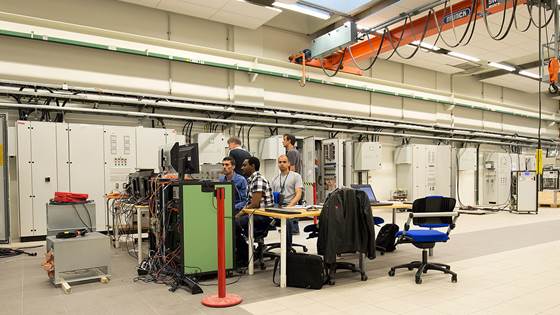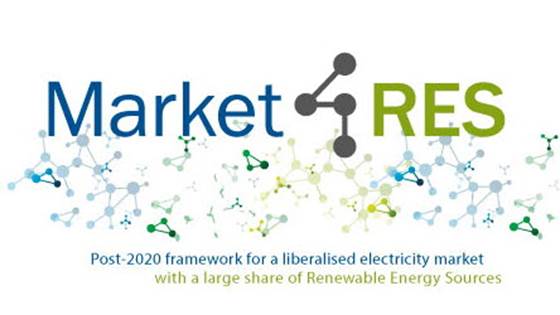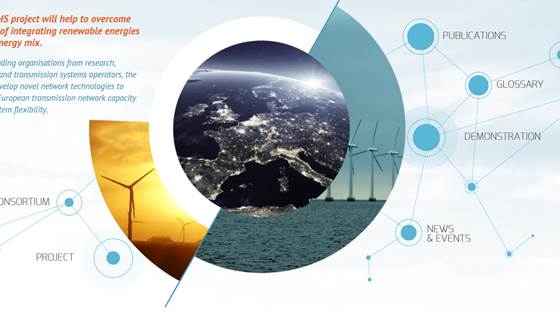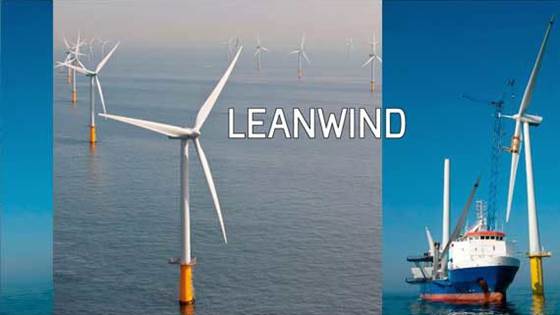
ERIGrid
European Research Infrastructure supporting Smart Grid Systems Technology Development, Validation and Roll Out - project

European Research Infrastructure supporting Smart Grid Systems Technology Development, Validation and Roll Out - project

This project aims at learning how hydropower producers should bid in day-ahead markets that are integrated in a sequence of balancing markets.

Approximately half of buildings energy demand is related to heating and cooling. District heating is an important technology in improving the energy efficiency of heating systems in cities and districts, because it enables waste heat sources to be...

The players in the Nordic power market, i.e. producers, transmission system operators and regulators use computer models to plan for the best possible utilization of the system and energy resources. Calculation of the operation strategy for hydro...

Post-2020 framework for a liberalised electricity market with a large share of Renewable Energy Sources

Transmission for sustainability

Contribute to a cost efficient integration of the increasing number of prosumers in the distribution grid.

Smart tariffs for energy and grid in the future active distribution grid.

In this project, the goal is to develop a concept for a stationary molten salt based -liquid metal battery (LMB) without the need for an ion selective membrane. The materials to be investigated are relatively abundant and cheap with low environmental...

The future European electricity system will be more integrated cross-borders and will include a larger share of renewable intermittent generation than what is the case today.

The aim of the IRPWIND is to foster better integration of European research activities in the field of wind energy research with the aim of accelerating the transition towards a low-carbon economy and maintain and increase European competitiveness.

SINTEF Energy Research is currently carrying out a research project on condition assessment of power transformers for ten of the major power, transmission and distribution companies in Norway.

The project NanoHX is about investigating ways of making circulating fluid cooling more efficient and reliable by using magnetic nanofluids.
The overall objective is to develop fundamental understanding of defined issues underpinning lifetime and performance of fuel cells, electrolysers and gas separation membranes.

GARPUR: Generally Accepted Reliability Principle with Uncertainty modelling and through probabilistic Risk assessment. Collaborative R&D project co-funded by the European Commission (7th Framework Programme).

INTERACT shall develop methods, models and tools for efficient energy interaction between energy demand, surplus heat/cool and thermal storage and third part deliverance to the district heating/cooling.

El-certificates is a support-mechanism for renewable electricity production. Well-functioning tools for forecasting of prices, and the balance between demand and supply of certificates, are needed for this system to operate efficiently. Power...

The primary objective of the LEANWIND project was to provide cost reductions across the offshore wind farm lifecycle and supply chain through the application of lean principles and the development of state-of-the-art technologies and tools.